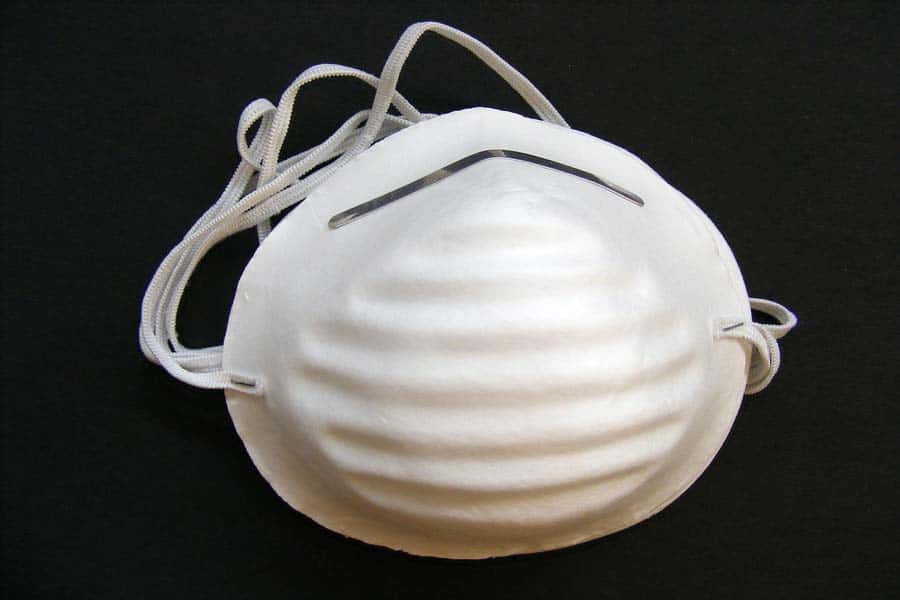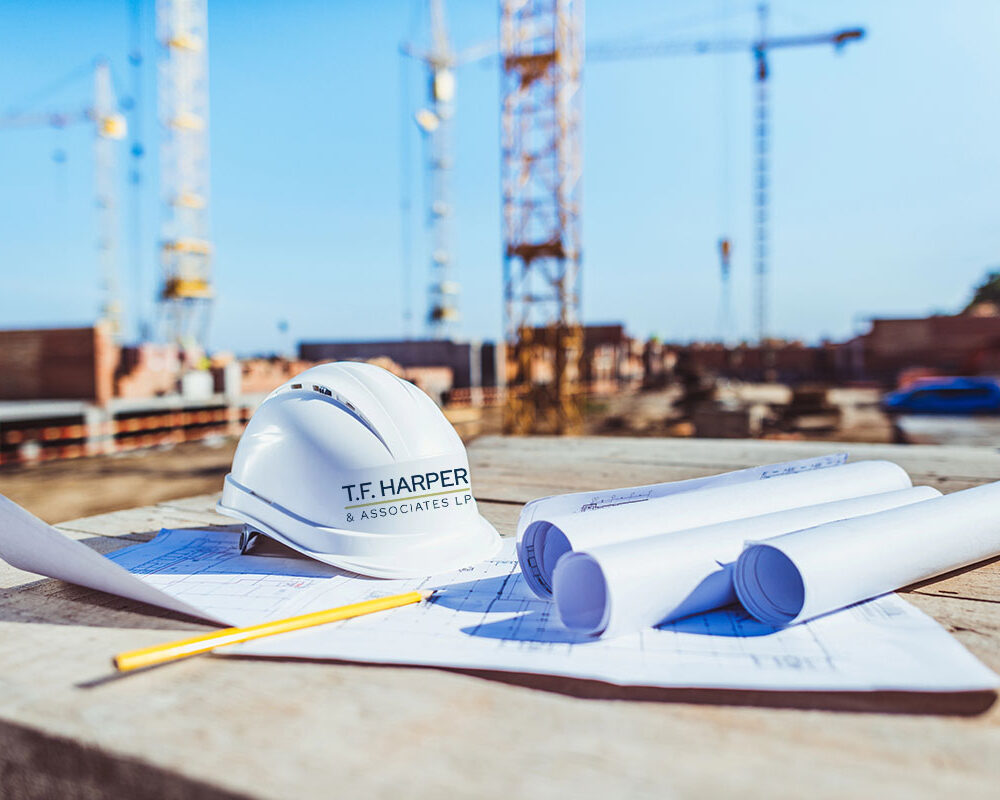Particularly, When it Comes to Respirable Silica Safety:
Construction safety has always been an important issue within the industry. The final ruling with regard to exposure of silica is receiving an encouraging reception. Industry officials everywhere are pleased with the final verdict. The ruling comes by way of the United States Department of Labor with regard to silica exposure.
New Ruling Adds Safety to the Lives of Construction Workers:
The regulation, limiting exposure to an eight-hour time weighted average of fifty micro-grams of respiration of crystalline silica per cubic meter of air was, previously, administered by the National Institute for Occupational Safety and Health in 1974. The general president, Terry O’Sullivan, of the Laborer’s International Union of North America, which is known by the acronym of LiUNA welcomed the new standard, recently, and mentioned that he felt the new regulation was way overdue. The new regulation, he further added, was certain to make the job site a safer place, which to work. He added that it had been too long of time that workers within the construction industry have been exposed to silica related diseases—and–needlessly—so. With the new governmental ruling, he conveyed, millions of hard-working construction workers, including the industrious men and women of LiUNA will be much safer at the job site.
Georges Benjamin is the American Public Health Association’s Executive Director. Mr. Benjamin made it a point to state that he thought the new safety rule was agreeably a life-saving step—in the right direction—from the standpoint of a good health measure.
Historically–Since the 30s–Workers Have Been Unfavorably Exposed to Silica Dust:
Since the period of the 1930s, fatalities from that of acute silicosis have declined—when the dangerous impact of silica was first recognized. Irrespective of the fact, workers continued to die from silicotuberculosis and lung cancer—both diseases transmitted from exposure to silica, according to APHA Occupational Health and Safety Section member: Ms. Rosemary Sokas. Ms. Sokas is the Chairman of the Department of Human Science at the Georgetown University School of Nursing and Health Studies. She was on hand to testify during the public hearing regarding the issue of the silica ruling. Ms. Sokas added, that if the OSHA Silica Standard is reasonably enforced, the result is that there will be a reduction of disparities, from the standpoint of health, since the occupational exposure to silica, is disproportionate and impacts, primarily, the Latino and African–American communities.
Minority Groups Have Always Been in the Greatest Danger of Silica Dust:
Javier Garcia Hernandez is a construction worker as well as the former consultant for the Philadelphia area project on Occupational Safety and Health. He testified at the OSHA hearing, held in April of 2014. He concurred with Ms. Sokas, as to her opinion. He conveyed that he thought the safety rule regarding silica would assist, greatly, in protecting the lives of workers—workers who were vulnerable to the fatal substance. He further, added, that he thought controlling silica dust was immensely important, particularly as it applied to immigrant construction workers and other defined vulnerable groups. The preceding groups, he stated, were frequently assigned to areas that proved the filthiest or dirty—and presented as some of the most dangerous of jobs at the worksite location.
The Construction Industry Worker Can Rest Easier with Regard to the New Ruling:
James Boland, President of the International Union of Bricklayers and Allied Craft-workers (BAC) stated that his organization was behind supporting the new standard—as it applied to silica exposure. Boland added that, the construction industry was now in the favorable position, respective of the new ruling, to make the lives of their workers safer. He provided praise to the out-going Obama administration, particularly President Obama and other official industry groups. Accordingly, as it pertained to the new safety regulation, he termed Obama as its “Collaborator-in-Chief.”
Important Conclusions:
The next step, with regard to the process is for the National Council for Occupational Safety and Health (National COSH) to assure that construction workers are aware of how to properly control the silica dust. The step includes proper training and resources, provided, in the language of the worker. It is also necessary that construction workers are properly informed about their rights as to safety and health within the work environment. It is extremely important that all construction workers know what actions to take in order to ensure their rights are appropriately enforced. The preceding insight was provided by Peter Dooley—a health and safety project consultant at National COSH.






